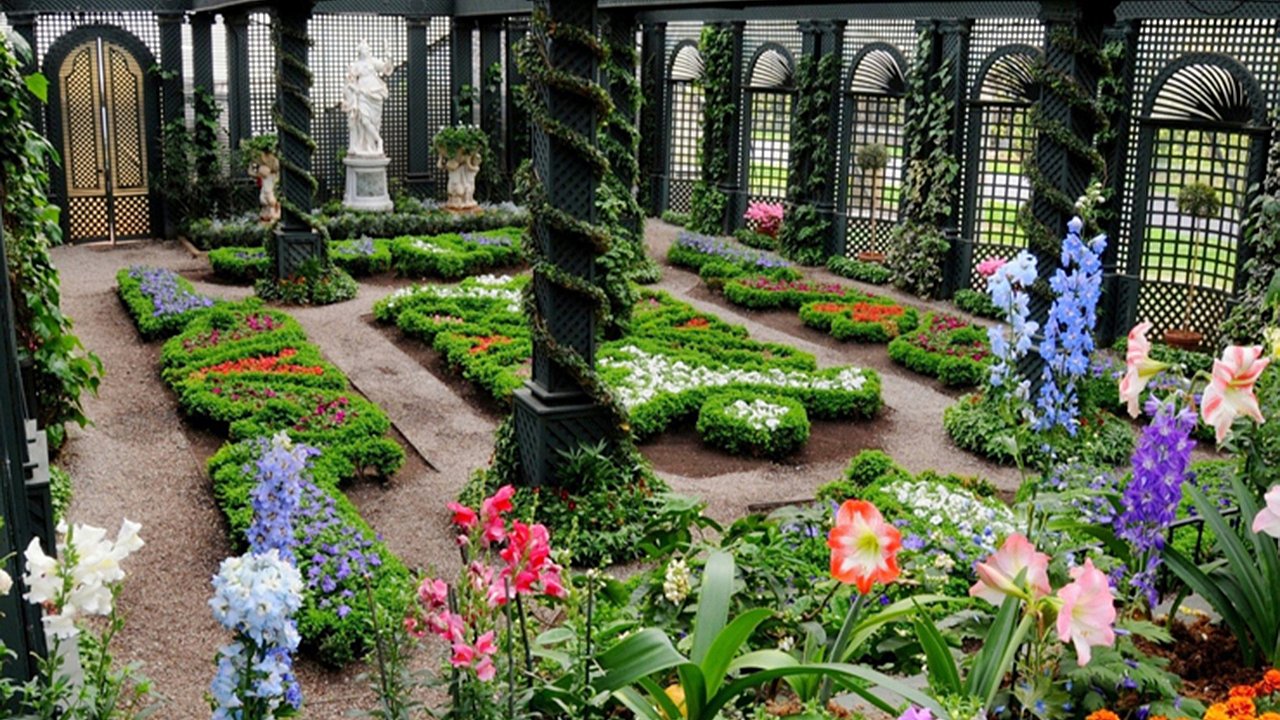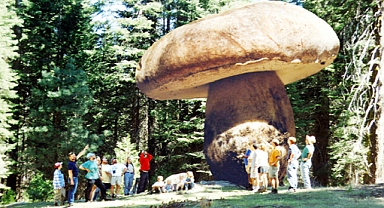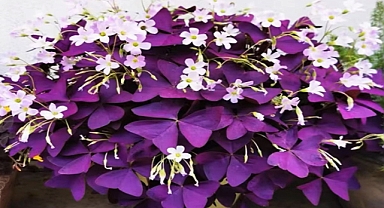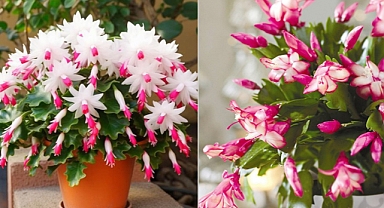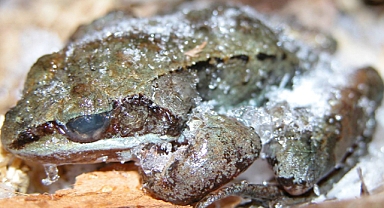How to Prepare Your Garden for Winter"A little effort now can help avoid plumbing issues and keep plants thriving next season," says Joseph Wade, VP of operations at Benjamin Franklin Plumbing. Lori Johnson and Susan McIntosh, leaders at The Grounds Guys and Lawn Pride, also share their expert advice to ensure your garden weathers the cold.1. Disconnect Hoses and Turn Off Outdoor Faucets
Before freezing temperatures arrive, remove any garden hoses connected to outdoor faucets. "If water is left inside the hose, it can freeze and damage your plumbing," warns Wade. Shutting off the outdoor faucet will help prevent burst pipes and leaks.2. Winterize Your Sprinkler System
To avoid burst pipes, your sprinkler system needs proper winterization. Wade recommends turning off the main valve and draining the system. If your system has an automatic drain, it will release water once the valve is off. For manual systems, open each valve to drain it. Additionally, run a sprinkler head briefly and insulate exposed pipes with foam covers or insulation tape.3. Clear Out Dead Leaves and Garden Debris
Removing dead leaves and garden debris is essential to prevent mold and smothered grass. "A thick layer of leaves can trap moisture, encouraging diseases like mold," explains McIntosh. Use a rake to gather leaves and debris, and consider composting them to enrich your soil later.4. Protect Delicate Plants from Frost
Johnson advises covering sensitive plants with burlap or frost fabric to shield them from freezing temperatures. These coverings act as insulation, helping delicate plants survive unexpected frost.5. Refresh Mulch Before the Ground Freezes
Apply or top up mulch in your garden beds to insulate roots against harsh temperature changes. "Adding 2 to 4 inches of mulch, bark, or straw protects plants from the freeze-thaw cycle," Johnson says. This layer also helps retain moisture in the soil through winter.6. Prune Trees, Shrubs, and Plants
Pruning is a key winter prep task that promotes healthy growth. "Trimming plants encourages new branches, flowers, and fruit while also deterring pests and animals from nesting in your landscape," says Johnson. Pruning helps ensure your garden stays healthy and manageable year-round.7. Keep Mowing Until Grass Growth Slows
Continue mowing your lawn until grass growth tapers off. McIntosh suggests lowering the mower blade for the final cut of the season but warns against cutting grass too short. "Cutting too short causes stress, while overly long grass can create conditions for mold and dead spots," she explains.8. Aerate the Soil for Better Root Growth
Aerating your soil helps oxygen, water, and nutrients penetrate deeper, promoting healthier roots. McIntosh recommends core aeration in early fall, especially in northern regions, to encourage root development during winter. This process relieves soil compaction and ensures a thriving lawn in spring.With these eight simple steps, your garden will be well-prepared to face winter and flourish when warmer weather returns. Taking the time to winterize your outdoor space now will save you effort later and help your plants thrive throughout the year.
Before freezing temperatures arrive, remove any garden hoses connected to outdoor faucets. "If water is left inside the hose, it can freeze and damage your plumbing," warns Wade. Shutting off the outdoor faucet will help prevent burst pipes and leaks.2. Winterize Your Sprinkler System
To avoid burst pipes, your sprinkler system needs proper winterization. Wade recommends turning off the main valve and draining the system. If your system has an automatic drain, it will release water once the valve is off. For manual systems, open each valve to drain it. Additionally, run a sprinkler head briefly and insulate exposed pipes with foam covers or insulation tape.3. Clear Out Dead Leaves and Garden Debris
Removing dead leaves and garden debris is essential to prevent mold and smothered grass. "A thick layer of leaves can trap moisture, encouraging diseases like mold," explains McIntosh. Use a rake to gather leaves and debris, and consider composting them to enrich your soil later.4. Protect Delicate Plants from Frost
Johnson advises covering sensitive plants with burlap or frost fabric to shield them from freezing temperatures. These coverings act as insulation, helping delicate plants survive unexpected frost.5. Refresh Mulch Before the Ground Freezes
Apply or top up mulch in your garden beds to insulate roots against harsh temperature changes. "Adding 2 to 4 inches of mulch, bark, or straw protects plants from the freeze-thaw cycle," Johnson says. This layer also helps retain moisture in the soil through winter.6. Prune Trees, Shrubs, and Plants
Pruning is a key winter prep task that promotes healthy growth. "Trimming plants encourages new branches, flowers, and fruit while also deterring pests and animals from nesting in your landscape," says Johnson. Pruning helps ensure your garden stays healthy and manageable year-round.7. Keep Mowing Until Grass Growth Slows
Continue mowing your lawn until grass growth tapers off. McIntosh suggests lowering the mower blade for the final cut of the season but warns against cutting grass too short. "Cutting too short causes stress, while overly long grass can create conditions for mold and dead spots," she explains.8. Aerate the Soil for Better Root Growth
Aerating your soil helps oxygen, water, and nutrients penetrate deeper, promoting healthier roots. McIntosh recommends core aeration in early fall, especially in northern regions, to encourage root development during winter. This process relieves soil compaction and ensures a thriving lawn in spring.With these eight simple steps, your garden will be well-prepared to face winter and flourish when warmer weather returns. Taking the time to winterize your outdoor space now will save you effort later and help your plants thrive throughout the year.
